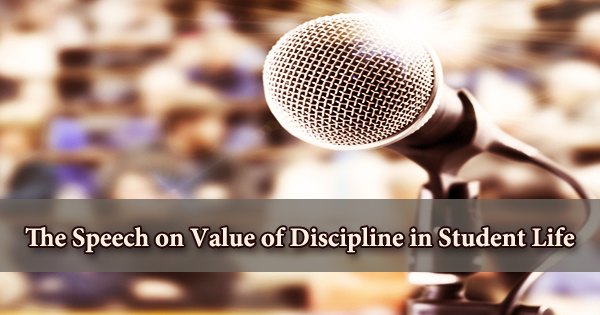Bonds Approach: different types
There are two types of bonds: the visible bonds and invisible bonds. At times, the visible merges into the invisible.
The visible bonds are the certificates that you obtain for years of study. The pledges of loyalty to King and country, the promises and vows to parents, teachers, family, and friends are bonds that bind you to the material and tangible aspects of life. You are tied to the physical bonds with family and friends, to the community and to the country.
Next comes the bond of contract that you sign with the sponsor who pays for your studies at the tertiary level. If it is a loan, you service the loan on graduation and on getting a job. If it is not a loan, but a scholarship, you have to serve out the terms of your contract and you might be posted to some remote area to waste away the best years of your young adult life. Should you want out, you have to sever the bond by repaying the sponsor. Bonds are not that easy to break but you can if you want to especially if they are paper bonds.
There are more paper bonds in the marriage certificate and the rings. It seems that there is no way to get away from these bonds.
Then if you have money to invest, in trust funds or the money market or the stock exchange, then you accumulate more paper bonds. But these are the risky, volatile bonds that can evaporate into nothing.
What about the bonds that one cannot see but they are there, waiting to be tapped?
These are the family bonds; parents with children, between siblings. Some bonds grow in strength, some grow farther apart. Some do not bond although there are blood ties. The ways of man are strange and unpredictable.
Beside family bonds, there are bonds between friends, and even between enemies, friendly or otherwise. Some best friends do not feel like best friends after years of separation. Some remain friends despite the distance and the lack of contact. Yet those who had not been friends bond instantly when they meet after years of not bonding.
Last but not least is the spiritual bond a human has with his Creator. Whatever religion you practice, the bond which you merge with your spiritual self will be your personal bond.
In summation, bonds come in different packages: the tangible, the intangible, and the spiritual.
Information Source:
















